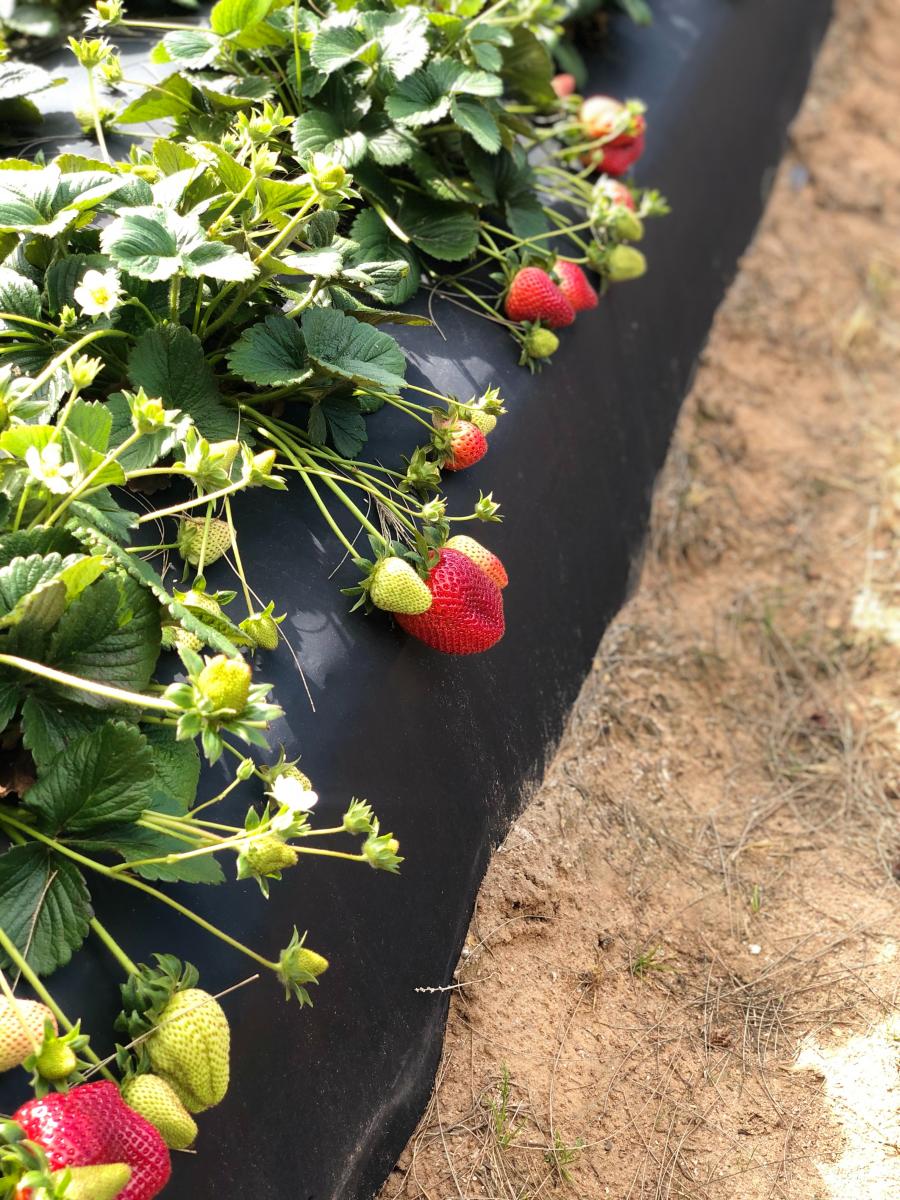Non-chemical soil fumigants shown to be effective and affordable, especially for organic production
 Toxic soil fumigants that fight soil-borne diseases and ensure crop production continue to be banned to protect the health and safety of rural communities. Organic farmers and conventional farmers who can no longer use these chemical tools need effective alternatives to protect their yields. A recent study published in the journal Agronomy demonstrates that a non-chemical alternative can be effective and affordable if farmers receive a high enough price for their crops. Until 2016, Methyl Bromide had been used in California for decades as a soil fumigant to disinfest soils of devastating diseases before planting high-value crops such as strawberries. Methyl Bromide was never permitted for use in organic farming, and its recent ban due to public health safety concerns also left conventional farmers without an important disease control tool. The ban has prompted much research into alternatives to chemical soil fumigants such as steam, solarization, and anaerobic soil disinfestation (ASD) using rice bran or mustard seed meal. While many studies are optimizing the effectiveness of these strategies, a missing key component is the consideration of the economic cost of these alternatives. This study took a comprehensive approach, and measured the effectiveness and affordability of two alternative management strategies to chemical soil disinfestation for strawberries produced under conventional and organic management.
Toxic soil fumigants that fight soil-borne diseases and ensure crop production continue to be banned to protect the health and safety of rural communities. Organic farmers and conventional farmers who can no longer use these chemical tools need effective alternatives to protect their yields. A recent study published in the journal Agronomy demonstrates that a non-chemical alternative can be effective and affordable if farmers receive a high enough price for their crops. Until 2016, Methyl Bromide had been used in California for decades as a soil fumigant to disinfest soils of devastating diseases before planting high-value crops such as strawberries. Methyl Bromide was never permitted for use in organic farming, and its recent ban due to public health safety concerns also left conventional farmers without an important disease control tool. The ban has prompted much research into alternatives to chemical soil fumigants such as steam, solarization, and anaerobic soil disinfestation (ASD) using rice bran or mustard seed meal. While many studies are optimizing the effectiveness of these strategies, a missing key component is the consideration of the economic cost of these alternatives. This study took a comprehensive approach, and measured the effectiveness and affordability of two alternative management strategies to chemical soil disinfestation for strawberries produced under conventional and organic management.
The results show that organic-approved methods of soil disinfestation (steam and steam plus mustard seed meal) resulted in better yields compared to the control for both conventional and organic systems. And when the cost of treatment is considered, along with yield and crop value, organic far out-competes conventional management. In this study, organic yields were greater than conventional, which helped better cover the high cost of soil treatment. The higher price premium earned for organic strawberries even further enhanced the affordability of the soil treatment for organic management. This study shows that a non-chemical method of managing devastating soil diseases is effective and affordable, but only if the farmer receives a high enough price to cover the added expense. This study brings up an important consideration: when we ask farmers to use practices that benefit not just their own production, but also their surrounding environment which improves public and environmental health of rural communities, it’s clear that the farmers need financial assistance to make the safer choice.
Photo Credit: Gina Tigere; unsplash.com



